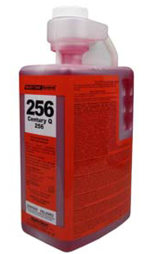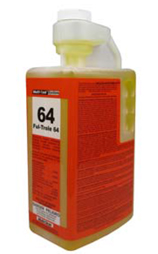Bloodborne Pathogens: Infection & Control

A bloodborne pathogen refers to a germ that is spread through contact with contaminated blood and other body fluids and that causes disease in humans. The most common bloodborne pathogens are HIV, Hepatitis B (HBV) and Hepatitis C (HCV). Bloodborne pathogen infections are of the greatest concern in hospitals, dentist offices, schools, and other facilities where contact with another person’s blood is possible.
Bloodborne pathogens are transmitted when contaminated blood or bodily fluid comes into contact with a mucous membrane, such as in the eyes, mouth, or an open wound. Workers in healthcare and clinical settings can often be exposed through needlestick injuries, which may include not properly disposing of needles or syringes. Because it’s difficult to determine what pathogens are present in blood, all blood and body fluid should be regarded as potentially infectious.
Workers routinely exposed to bloodborne pathogens should follow safe handling procedures and always wear personal protective equipment when dealing with blood or body fluids. Bloodborne pathogens can survive outside the body for up to 7 days; therefore, regular cleaning and disinfecting of surfaces in health care facilities, hospitals, and schools is a critical part of preventing infection. Any blood or other body fluid spills should be cleaned with a disinfectant or disinfecting wipes with bloodborne pathogen claims.
For more information on bloodborne pathogen prevention, visit OSHA’s webpage.
For disinfecting procedures and a list of Multi-Clean disinfectants, check out our Infection Control Webpage.




